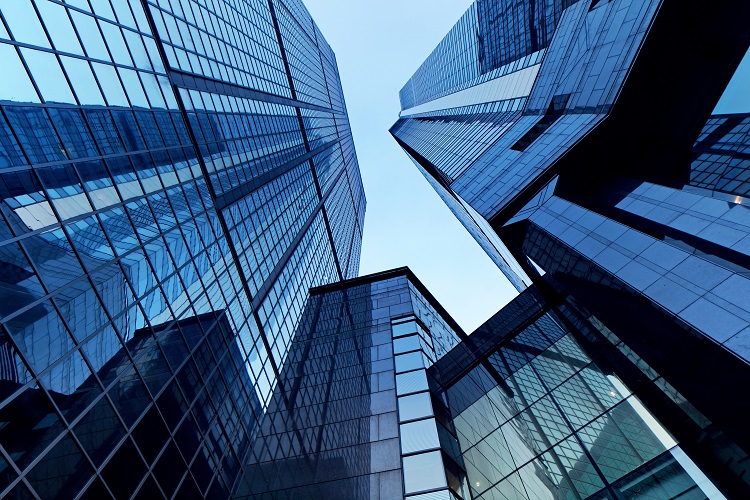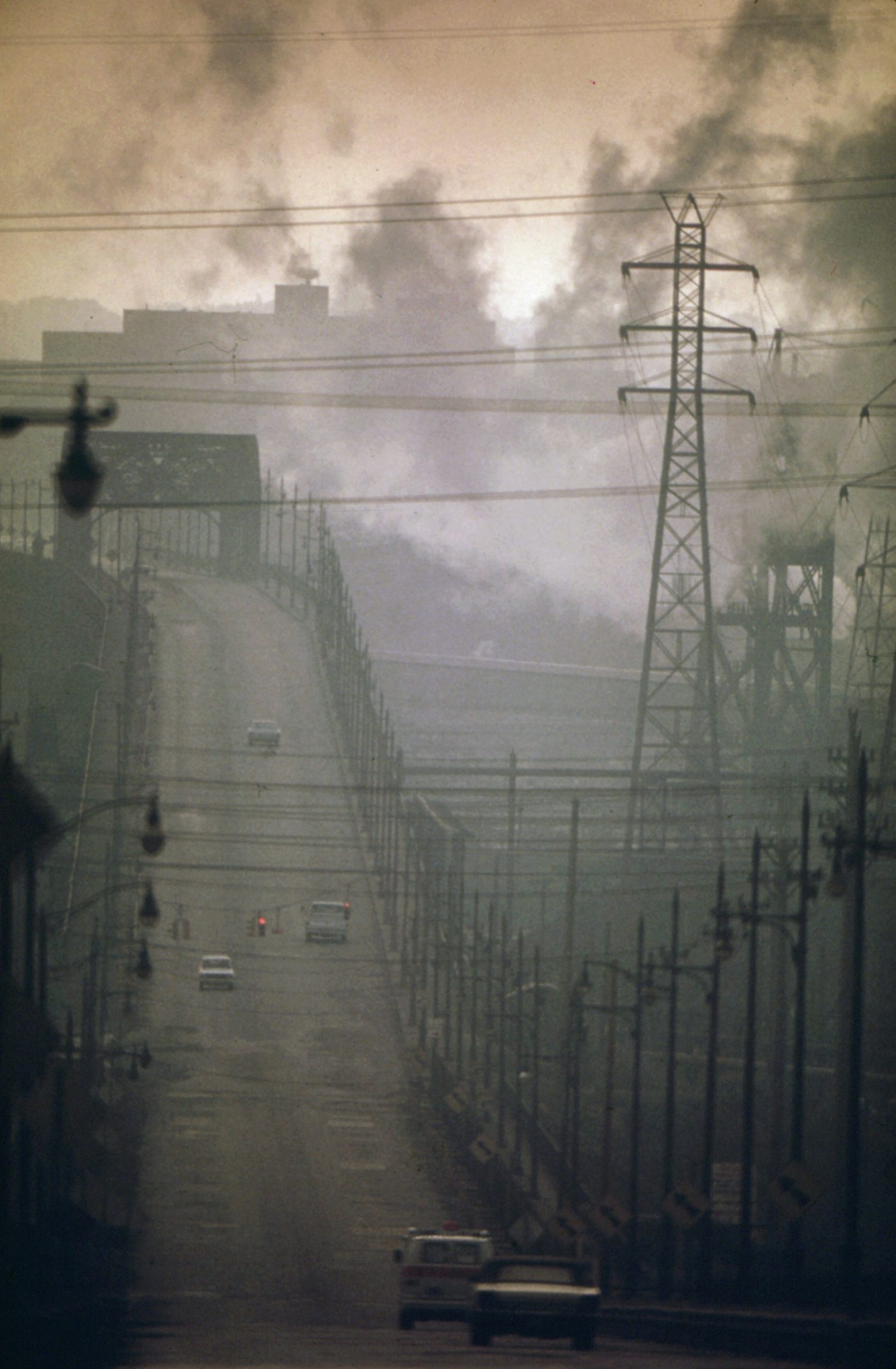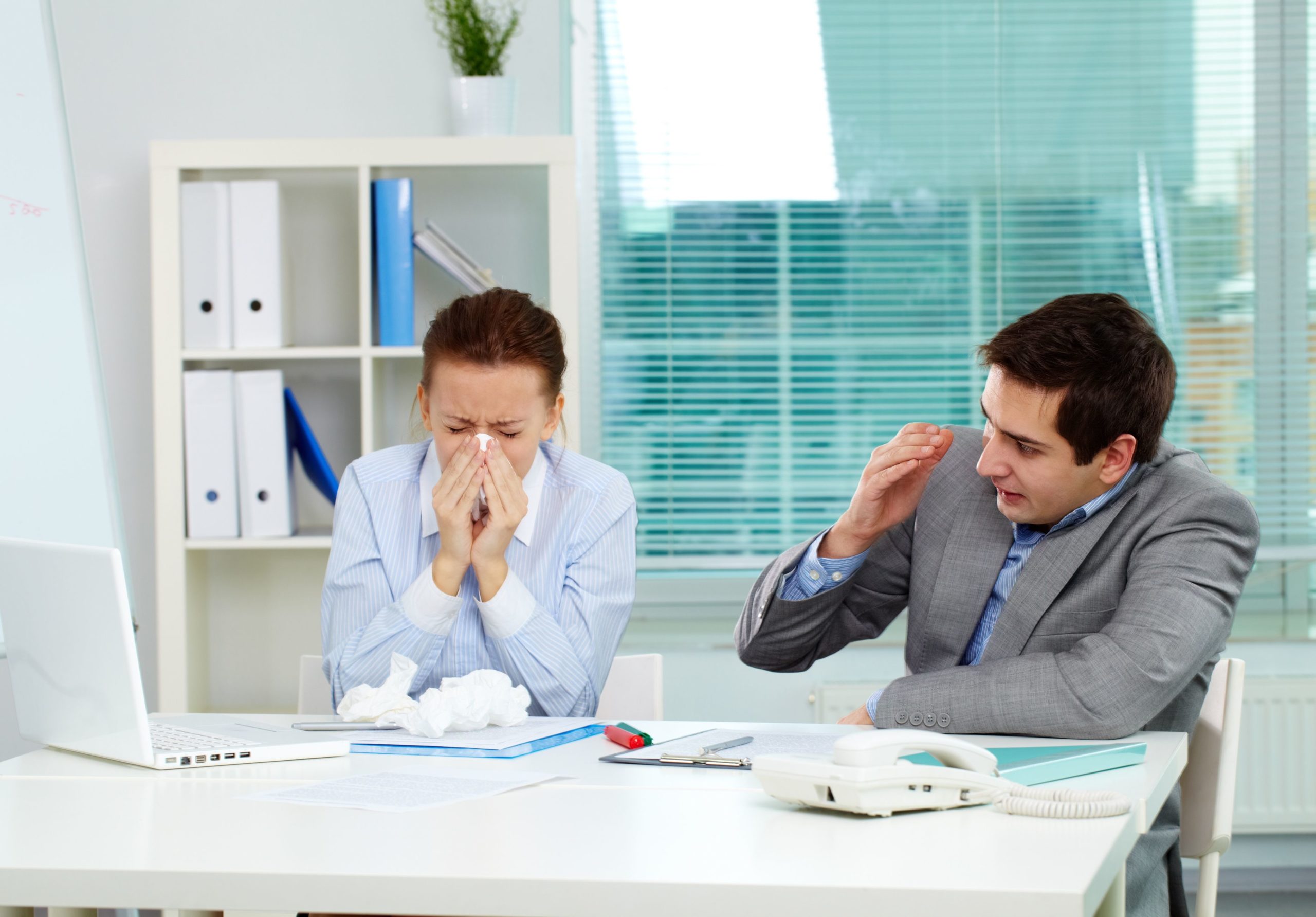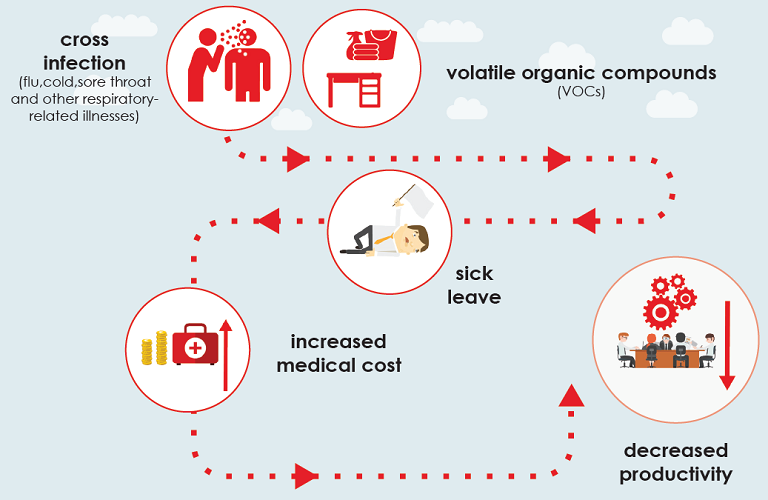PREV POST
Stop Your Exhaust Systems from Sucking Out Profit

Penyelesaian Perniagaan
 What is Sick Building Syndrome (SBS)?
What is Sick Building Syndrome (SBS)?Over the past few years, you may have been hearing the term “ Sick Building Syndrome ”, or SBS more frequently, especially within the workplace. But not everyone is clear on what exactly it is. How it manifests itself, what causes it, and most importantly why it is increasingly becoming a serious issue?
In a nutshell, Sick Building Syndrome describes a situation or collection of non-specific yet very problematic and persistent symptoms among people working within a building. These symptoms are health related illnesses that tend to be pervasive, constant and clearly causing problems among employees, but somehow cannot be connected to one specific problem, issue or source.
Some of the signs of Sick Building Syndrome can be, but not limited to, such things as:
The two biggest indicators that your business may be under the grip of Sick Building Syndrome can be:
There are various factors that can be causing Sick Building Syndrome within 
Various pollutants such as motor vehicle exhausts, exhausts from other building vents, poorly positioned bathroom or kitchen vents etc. can be steadily leaking indoors.
These are most likely the culprits that are causing the most damage, the main one being Volatile Organic Compounds which can basically be any concoction of carcinogenic fumes or chemicals that come from numerous materials in any building such as: adhesive materials used in any form of furniture, upholstery, carpeting, photocopy machines, printers, cleaning agents, synthetic fragrances, artificial wood materials etc. There are also a host of other indoor pollutants such as various forms of dust, airborne particulates and smoke.

These include entire spectrums of bacteria, viruses, various allergens such as dust mites, fungus and moulds. It is important to keep in mind that these biological pollutants can be airborne, passing from person to person through the air or through personal contact, but up to 90% of the time they live on the surfaces inside a building such as furniture, carpeting, curtains/blinds, upholstery as well as in vents, ducts and inside air conditioning systems.
Poor circulation of outside or clean air can obviously lend a big hand in the development of Sick Building Syndrome as well. If cleaner, fresher air is not adequately circulated and provided to each person in an office or building, all of the above contaminants can just fester, grow, recirculate constantly, causing a noxious working environment each and every day and making employees sicker and sicker as time passes.

Kolaborasi
0
Air Ozon
1
Jangkitan Silang
16
Kulat
3
Bau Busuk
9
Alahan Resdung
2
Penyakit Tangan, Kaki dan Mulut (HFMD)
2
Testimoni
1
Isu Persekitaran Dalaman
8
Keratan Akhbar & Liputan Media
8
Penyelesaian Perniagaan
26
Teknologi
10
Penyelesaian Peribadi
69
Berita & Acara
6
Terminologi Ozon
2